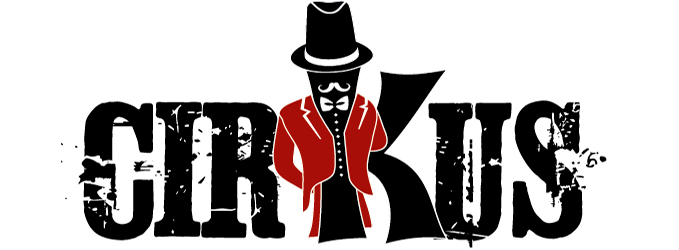
The last known beast-hunt at the Circus Maximus took place in 523, and the last known races there were held by Totila in 549. With the advent of Christianity as the official religion of the Empire, ludi gradually fell out of favour. Įven at the height of its development as a chariot-racing circuit, the circus remained the most suitable space in Rome for religious processions on a grand scale, and was the most popular venue for large-scale venationes in the late 3rd century, the emperor Probus laid on a spectacular Circus show in which beasts were hunted through a veritable forest of trees, on a specially built stage. Eventually, 135 days of the year were devoted to ludi. By the late 1st century AD, the Colosseum had been built to host most of the city's gladiator shows and smaller beast-hunts, and most track-athletes competed at the purpose-designed Stadium of Domitian, though long-distance foot races were still held at the Circus. Over the several centuries of its development, the Circus Maximus became Rome's paramount specialist venue for chariot races. Rome's emperors met the growing popular demand for regular ludi and the need for more specialised venues, as essential obligations of their office and cult. View of the Circus site from the north-east in 2019 a colourful crowded disreputable area" frequented by "prostitutes, jugglers, fortune tellers and low-class performing artists."

When no games were being held, the Circus at the time of Catullus (mid-1st century BC) was probably "a dusty open space with shops and booths. Beneath the outer stands, next to the Circus' multiple entrances, were workshops and shops. Otherwise, it would have made a convenient corral for the animals traded in the nearby Forum Boarium, just outside the starting gate. On many other days, charioteers and jockeys would need to practise on its track.
#Cirkus pub full
By the late Republic, ludi were held on 57 days of the year an unknown number of these would have required full use of the Circus. Īs Rome's provinces expanded, existing ludi were embellished and new ludi invented by politicians who competed for divine and popular support. A venatio held there in 169 BC, one of several in the 2nd century, employed "63 leopards and 40 bears and elephants", with spectators presumably kept safe by a substantial barrier. Others were enlarged at enormous expense to fit the entire space.

In 167 BC, "flute players, scenic artists and dancers" performed on a temporary stage, probably erected between the two central seating banks. Some Circus events, however, seem to have been relatively small and intimate affairs. The most costly and complex of the ludi offered opportunities to assess an aedile's competence, generosity, and fitness for higher office. ĭuring the Roman Republic, the aediles organized the games. The greater ludi (meaning sport or game in Latin ) at the Circus began with a flamboyant parade ( pompa circensis), much like the triumphal procession, which marked the purpose of the games and introduced the participants. Ludi ranged in duration and scope from one-day or even half-day events to spectacular multi-venue celebrations held over several days, with religious ceremonies and public feasts, horse and chariot racing, athletics, plays and recitals, beast-hunts and gladiator fights. In Roman tradition, the earliest triumphal ludi at the Circus were vowed by Tarquin the Proud to Jupiter in the late Regal era for his victory over Pometia. Others might be given to fulfil a religious vow, such as the games in celebration of a triumph. Most were held annually or at annual intervals on the Roman calendar. Ludi were sponsored by leading Romans or the Roman state for the benefit of the Roman people ( populus Romanus) and gods. The Circus was Rome's largest venue for ludi, public games connected to Roman religious festivals.

The Circus lies between the Aventine (left) and Palatine (right) the oval structure to the far right is the Colosseum. Model of Rome in the 4th century AD, by Paul Bigot.


 0 kommentar(er)
0 kommentar(er)
